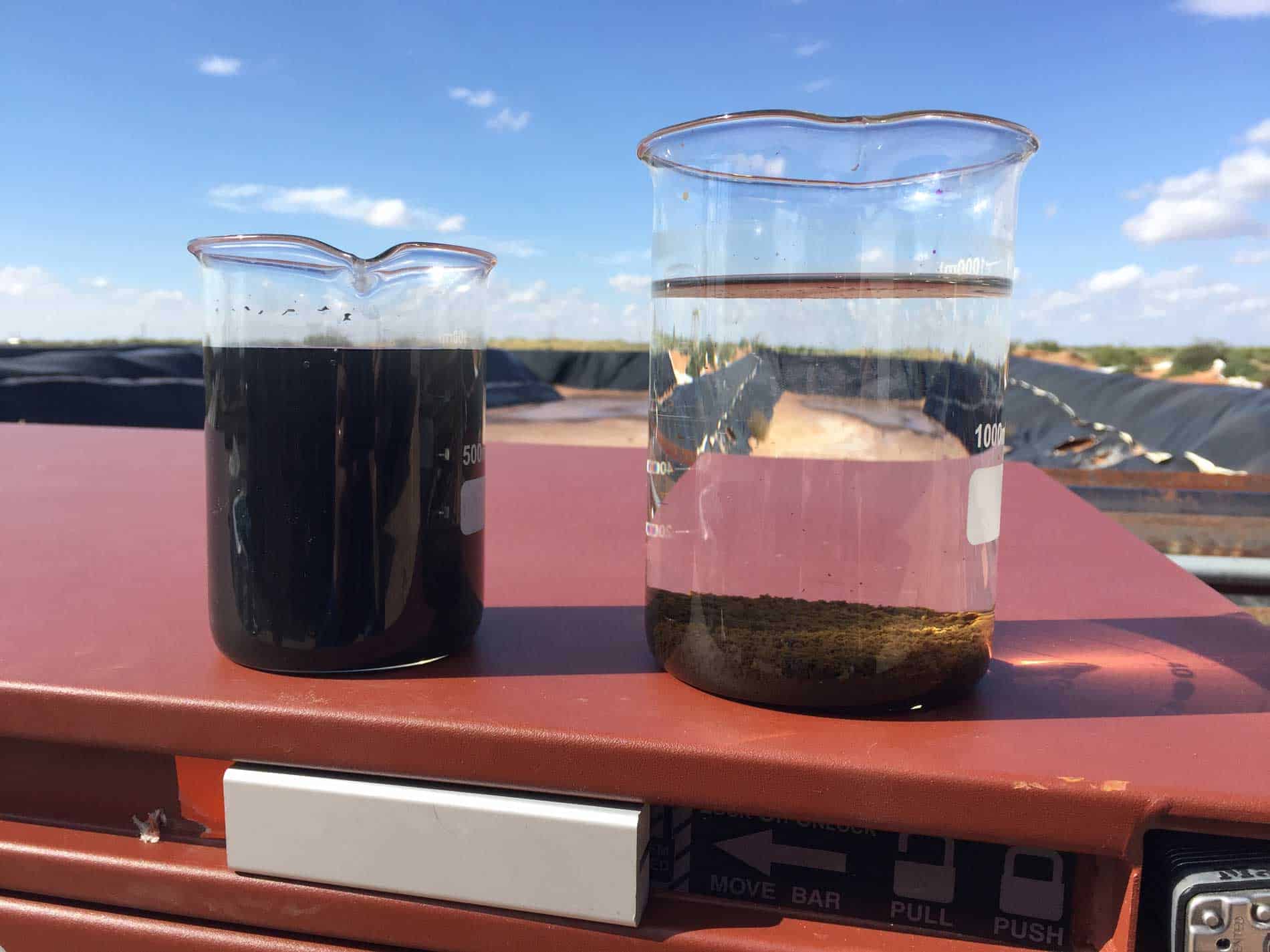ASTM D3867 Nitrite in Water Test
The ASTM D3867 standard practice is widely used by quality managers and compliance officers within the oil & gas sector to ensure that produced water and process water meet environmental regulations. This test provides a critical tool for monitoring nitrite levels, which are key indicators of water quality during various stages of oil exploration, extraction, and processing.
Nitrites play a significant role in the overall health and sustainability of both industrial processes and the environment. Elevated levels can lead to contamination risks, impacting not only the immediate vicinity but also downstream ecosystems. Thus, compliance with ASTM D3867 is essential for maintaining safe operations and protecting public health.
The methodology involves collecting water samples from various points within an oil & gas facility, ensuring they are representative of typical operating conditions. Samples must be stored under specific temperature controls to prevent degradation before analysis. Once collected, the samples undergo rigorous preparation steps including filtration and dilution if necessary, to ensure accurate results.
For precise measurement, the nitrite concentration is determined using a spectrophotometric technique that relies on colorimetric reactions between the nitrite ion and a reagent like N-(1-naphthyl) ethylenediamine dihydrochloride (NEDD-9). This reaction produces a characteristic colored complex whose absorbance can be measured against a calibration curve. The absorbance values directly correlate to nitrite concentrations, allowing for quantitative assessment.
The precision and accuracy of this method are enhanced by regular calibrations using certified reference materials and quality control samples throughout the analytical process. Compliance officers must ensure that all equipment used adheres to international standards such as ISO/IEC 17025, which guarantees the competence and capability of laboratories providing testing services.
The results obtained from ASTM D3867 are critical for regulatory compliance, informing corrective actions if nitrite levels exceed permissible limits set by local authorities or international guidelines. By adhering to this standard practice, companies can mitigate risks associated with non-compliance while also contributing positively towards environmental stewardship initiatives.
Scope and Methodology
| Aspect of Scope | Description |
|---|---|
| Sample Collection | Water samples are collected from different stages in the oil & gas production process, ensuring they represent typical operational conditions. |
| Storage Conditions | Samples must be stored under controlled temperature to prevent degradation before analysis. |
| Preliminary Preparation | Potential filtration or dilution steps are performed based on sample characteristics and expected nitrite concentrations. |
| Analysis Technique | Spectrophotometric method using colorimetric reactions between nitrites and N-(1-naphthyl) ethylenediamine dihydrochloride (NEDD-9). |
The ASTM D3867 process involves meticulous sample handling followed by precise analysis techniques designed to yield accurate quantitative results. The reproducibility of this method is further enhanced through strict adherence to established protocols and use of certified reference materials.
Industry Applications
| Application Area | Description |
|---|---|
| Produced Water Management | Monitoring nitrite levels helps manage produced water effectively, ensuring it meets environmental discharge standards. |
| Process Water Quality Control | Ensuring process waters do not contain excessive nitrites prevents contamination of downstream processes and products. |
| Regulatory Compliance | Compliance with local, state, and federal regulations regarding water quality is achieved through accurate nitrite testing. |
| Risk Mitigation | Avoidance of potential environmental damage by identifying and addressing high nitrite levels early in the production cycle. |
The application of ASTM D3867 extends beyond mere compliance; it plays a vital role in safeguarding both operational efficiency and ecological integrity. By implementing this standard practice, companies contribute to sustainable practices that enhance their reputation among stakeholders.
Customer Impact and Satisfaction
The implementation of ASTM D3867 Nitrite in Water Test brings tangible benefits to customers across the oil & gas industry. Quality managers appreciate its role in maintaining consistent product quality, while compliance officers find it instrumental in ensuring regulatory adherence.
R&D engineers benefit from detailed insights into water chemistry that can inform process optimizations and innovations aimed at reducing environmental impact. Procurement teams gain confidence knowing they are sourcing materials and services from providers who adhere to high-quality standards.
Customer satisfaction is further enhanced through reliable data provided by accurate testing, which helps in making informed decisions about operational adjustments and investments required for maintaining sustainable practices. This not only bolsters business continuity but also promotes long-term sustainability goals.





